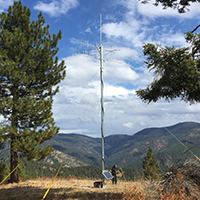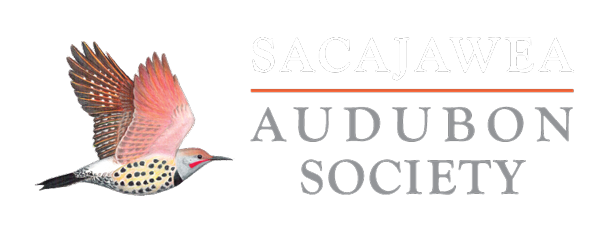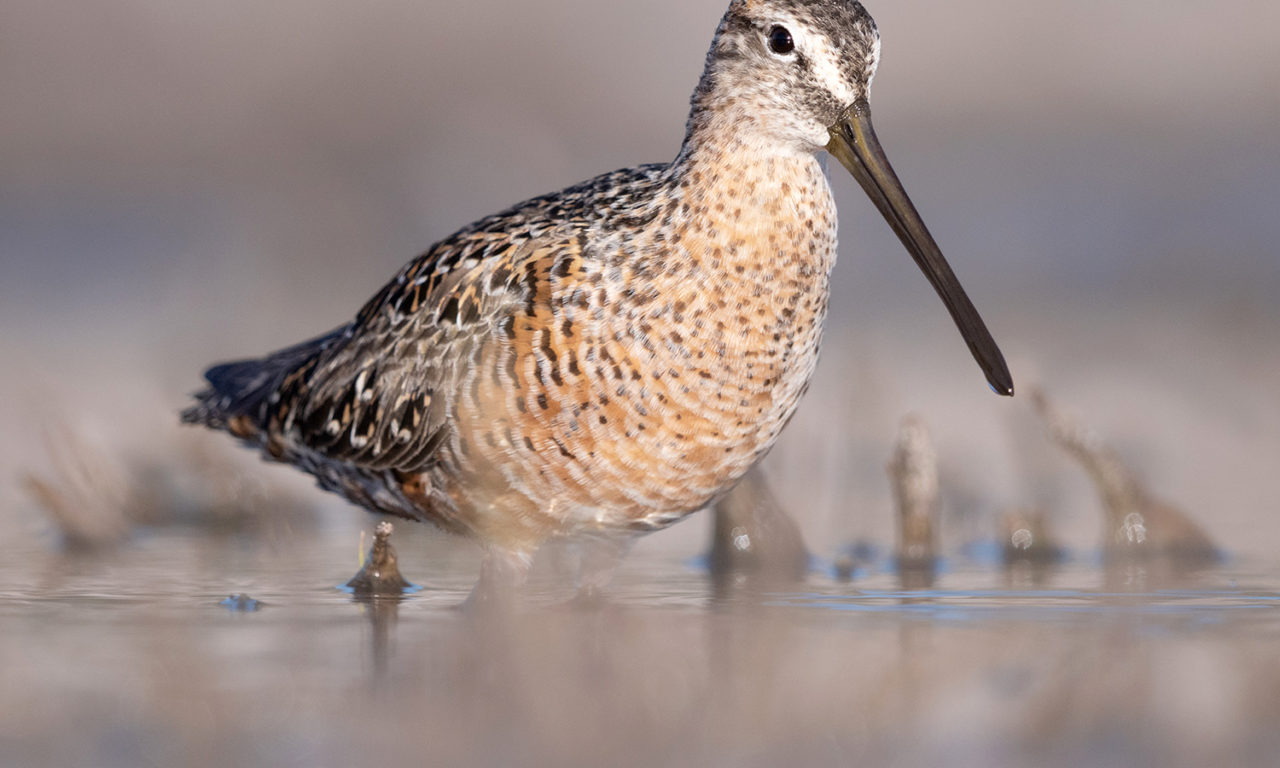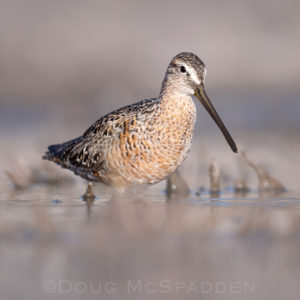Sacajawea Audubon Board is very excited to present a Motus Tower project to its membership and to the birding and conservation communities across Montana and the Northern Rockies.
Join Us for a Power Tower Event with American Bird Conservancy’s Kevin Ellison!
Kevin will have radio transmitting tags, a mock radio frequency receiving station (tower) and laptops to view actual bird movement data. We will have coffee, scopes and binoculars for a fun-filled morning on the IAWP!
Saturday April 26th at 9am @ The Indreland Audubon Wetland Preserve
Friday May 2nd at 9am @ The Indreland Audubon Wetland Preserve
The objective of the SAS Motus Tracking System Campaign is to add three Motus Towers between the Yellowstone and Jefferson Rivers to complete a Motus Tracking System “fence” along Southern Montana to track migratory birds and at-risk bird species as they move through or nest in our region.
We have partnered with American Bird Conservancy and Montana Fish, Wildlife and Parks to purchase and construct the first Motus Towers in the Greater Yellowstone Ecosystem. The SAS Board is extremely excited to be a part of this important international project that will help fill a tracking gap that exists between the Yellowstone and Jefferson Rivers. The IAWP Board is also in full support of this project as it will provide outstanding educational data and information for our wetlands.
The Motus Wildlife Tracking System is an international collaboration that uses miniaturized radio transmitters to track birds, bats and even insects across Canada, The United States, Mexico and Central America to gain a better understanding of migrations and movements. This data also provides researchers with a better understanding of critical flyways and habitat so we can better protect migratory and nomadic populations.
Currently, there are approximately 40 receiving stations (towers) in Montana. The towers can be fixed or movable and they look like old school TV antennas. The objective is to create radio telemetry “fences”; one across Montana’s Hi-line and another along the Yellowstone River extending over to Dillon and down to Idaho.

A tagged Chestnut-collared Longspur
The American Bird Conservancy is a national partner in the Motus network, and their representative reached out to SAS to see if we would like to partner with them and Montana Fish, Wildlife and Parks (MFWP) to help plug a hole in the southern fence from Paradise Valley over to the Jefferson River.
The SAS Board has signed on with an objective to raise $40,000. These funds will cover the cost of three Motus receiving stations, the long-term maintenance of the system, and to purchase radio transmitter “tags”. One receiving station will be located near the Indreland Audubon Wetland Preserve to help collect data for the wetland and along the East Bozeman drainage. This will provide endless educational opportunities for the public to engage in science and conservation happening right here at Indreland Audubon Preserve; including opportunities to tag birds, and track movements of our wetland migrants on the open source Motus website!

A receiver station in western Montana.
FAQ’s
Why is this needed? In recent decades over 3 billion birds have been lost due to a variety of circumstances. One third of North America’s bird species are now at risk of extinction. The Cornell Lab of Ornithology now categorizes certain bird species as threshold and tipping point species that need our immediate attention to prevent species loss. The Motus Wildlife Tracking System provides vital information to researchers to help us support the systems and habitats that birds need.
What is the difference between tagging and banding? Banding is the traditional way of tracking birds that use coded bands to help provide point-to-point information in a bird’s life cycle. Tags are miniaturized radio transmitters that emit signals that are picked up by receiving stations. The technology of the tags has reached a point where they are small enough to be used on small birds and even insects. They have been used successfully on Monarch Butterflies and dragon flies.
What are the advantages of tagging versus banding? In short, more information, and more real-time information. Banding provides point-to-point information, while the tagging and tracking system can help fill in the movement information between nesting, staging and wintering areas.





